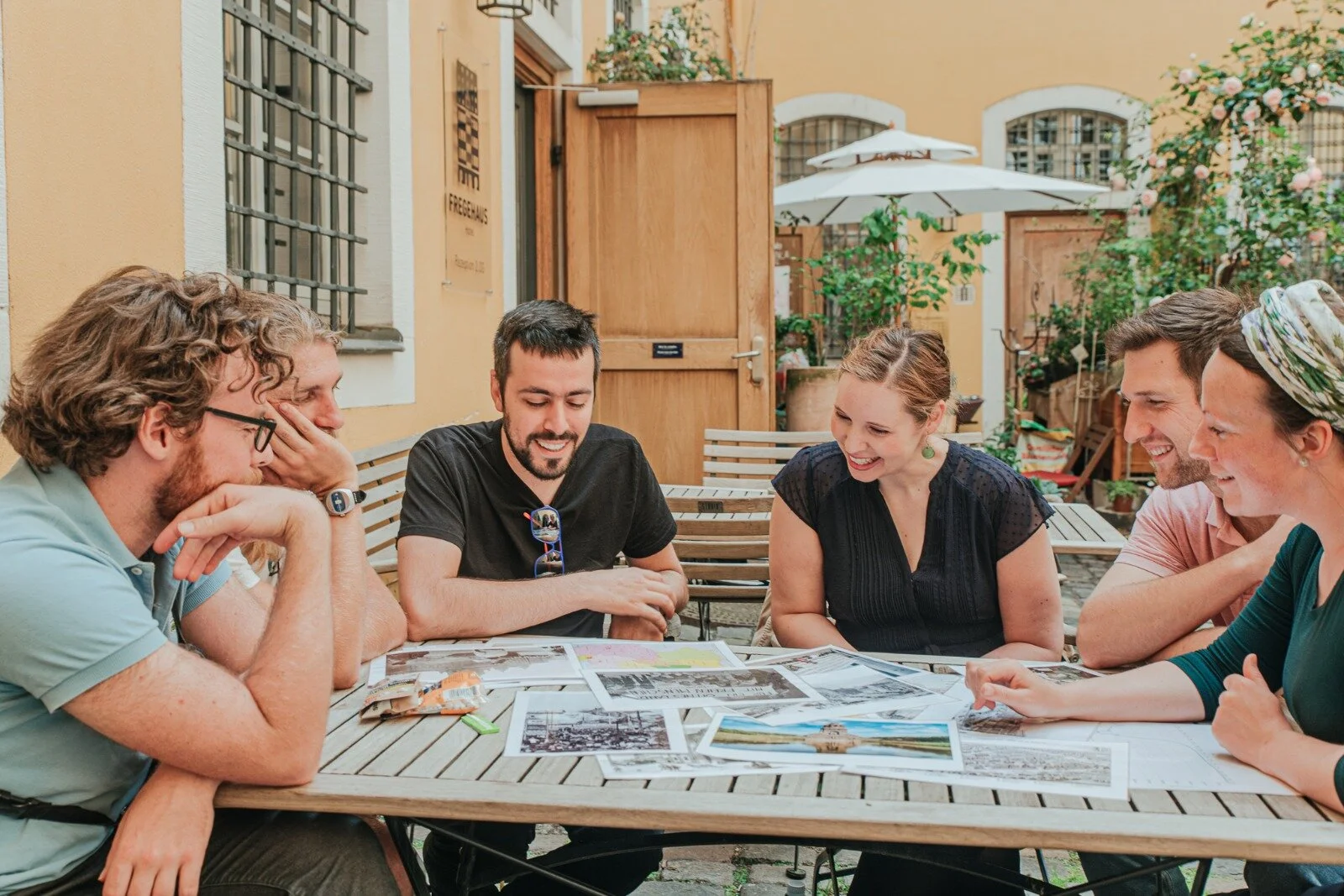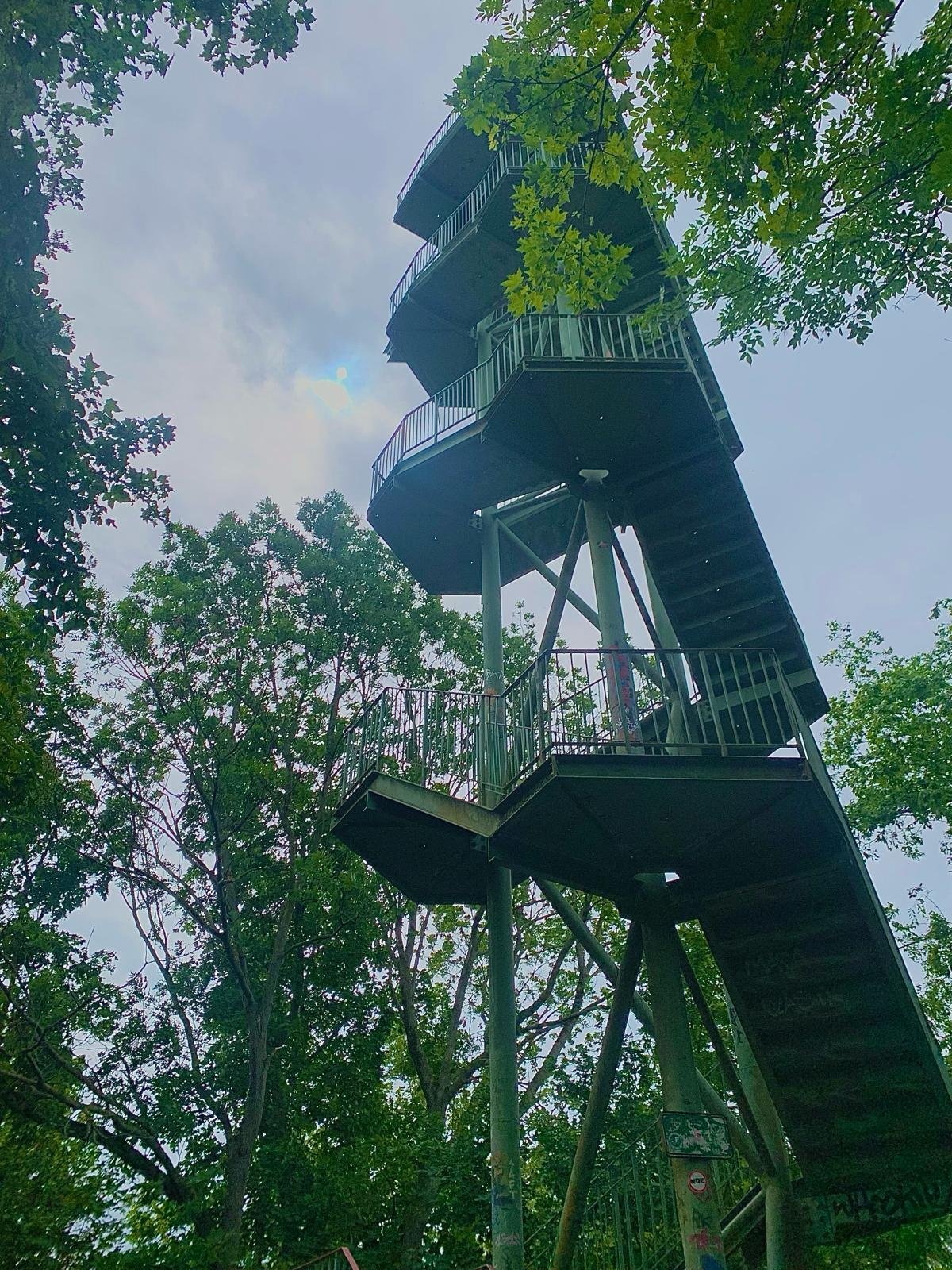Leipzig, a city steeped in history and culture, is renowned for its stunning architecture and iconic towers that punctuate its skyline. Among these, five towers stand out for their historical significance, architectural beauty, and the breathtaking views they offer. This article delves into the stories and features of Panoramatower, Wackelturm, New Town Hall Tower, Thomas Church Tower, and Bistümshöhe.
1. Panoramatower (City-Hochhaus Leipzig)
The view from Panorama Tower
Located in the heart of Leipzig, the Panoramatower, also known as the City-Hochhaus, is one of the city's most prominent modern landmarks. Originally constructed in 1972 and standing at 142 meters, this skyscraper was designed by architect Hermann Henselmann in the International Style. The building was initially used by the University of Leipzig and is now a mixed-use tower housing offices, restaurants, and observation decks. Visitors flock to the top floors to enjoy a panoramic view of Leipzig and its surroundings, making it a must-visit spot for tourists and locals alike.
Price: 5€
2. Wackelturm
Wackelturm
The Wackelturm, or "Wobbly Tower," is a unique and playful addition to Leipzig's collection of towers. Located in the Leipzig Zoo, this tower is not only a feat of engineering but also a source of entertainment. True to its name, the Wackelturm sways slightly when visitors climb it, offering a thrilling experience. The tower provides a fantastic vantage point to view the zoo and the surrounding areas. Its interactive and dynamic nature makes it particularly popular among families and children.
Price: Free
3. New Town Hall Tower (Neues Rathaus Turm)
New Town Hall Tower
Dominating the skyline with its neo-baroque style, the New Town Hall Tower is a symbol of Leipzig’s rich civic history. Completed in 1905, the tower is part of the New Town Hall, which replaced the old town hall that could no longer accommodate the city's administrative needs. Standing at 114 meters, the tower offers an observation deck that provides a stunning view of the city’s historical center. Visitors can explore the tower through guided tours that include a climb up the tower’s 250 steps, rewarded by spectacular views and a sense of Leipzig’s architectural grandeur.
Price: 3€, open from Monday until Friday at 2pm
4. Thomas Church Tower (Thomaskirche Turm)
Thomas Church Tower
The Thomas Church, famous for its association with Johann Sebastian Bach, features a tower that is both historically and musically significant. The church dates back to the 12th century, though the current tower structure was completed in the late 15th century. Standing at 68 meters, the tower is a testament to Gothic architecture. Visitors can climb the tower to enjoy a panoramic view of Leipzig and gain a deeper appreciation of the church’s historical significance. The Thomas Church Tower is particularly noted for its carillon, which adds a melodic backdrop to the city’s ambiance.
Price: Free, open every Friday and Saturday
5. Bistümshöhe
The view from Bistümshöhe
Bistümshöhe is a lesser-known yet charming tower that offers a different perspective of Leipzig. Located in the northern part of the city, this tower is a favorite among locals who seek a quieter spot to enjoy panoramic views. The tower is nestled within a park, providing a serene environment away from the bustling city center. Bistümshöhe’s relatively modest height does not diminish the beauty of the vistas it offers, making it a hidden gem for those looking to explore Leipzig off the beaten path.
Price: Free
Conclusion
Leipzig’s towers are more than just architectural feats; they are windows into the city’s rich history and culture. From the modern heights of the Panoramatower to the historical significance of the New Town Hall Tower and the musical heritage of the Thomas Church Tower, each tower offers a unique perspective and experience. Whether you are a history buff, an architecture enthusiast, or simply someone looking to enjoy a great view, Leipzig’s towers provide a diverse and enriching journey through this vibrant city.


















